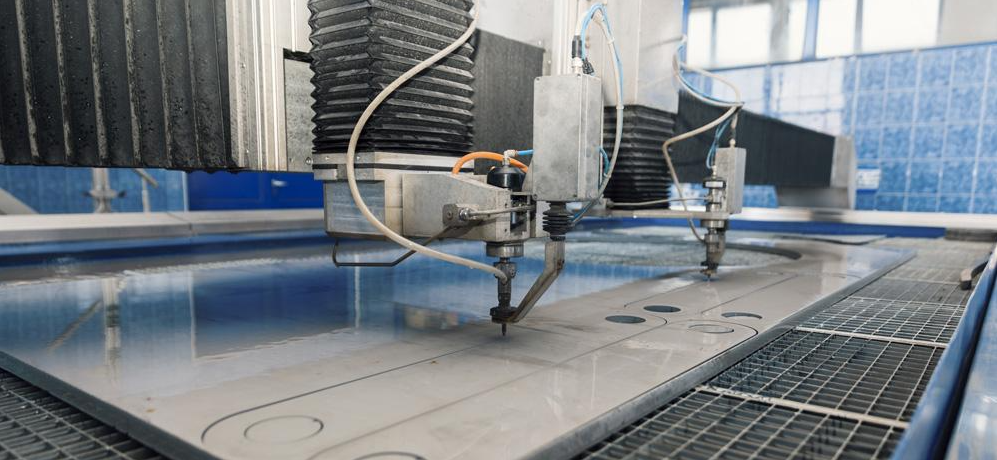
Starting a CNC (Computer Numerical Control) business can be a rewarding venture, combining technical skill with entrepreneurial spirit. With the increasing demand for precision parts across various industries, a CNC business offers vast potential for growth and profitability. This guide provides a step-by-step approach to help you launch a successful CNC business, from initial planning to execution and growth strategies.
Step 1: Conduct Market Research
- Identify Your Niche
- Industry Focus: Decide which industries you will serve, such as automotive, aerospace, medical, or consumer products.
- Specialization: Determine if you will specialize in a particular type of CNC machining, such as milling, turning, or 3D printing.
- Analyze Competitors
- Local Competitors: Identify existing CNC businesses in your area and analyze their services, pricing, and customer reviews.
- Market Gaps: Look for gaps in the market where you can offer unique services or superior quality.
- Understand Customer Needs
- Target Customers: Identify potential customers and their specific needs.
- Pain Points: Understand common challenges customers face and how your services can solve them.
Step 2: Develop a Business Plan
- Executive Summary
- Business Overview: Provide a brief overview of your business, including your mission statement and objectives.
- Unique Selling Proposition (USP): Highlight what sets your CNC business apart from competitors.
- Services Offered
- Core Services: List the primary CNC services you will offer.
- Additional Services: Include any value-added services, such as design assistance or prototyping.
- Marketing Strategy
- Branding: Develop a strong brand identity, including a logo and company colors.
- Online Presence: Create a professional website and leverage SEO to attract online traffic.
- Advertising: Utilize digital marketing, social media, and traditional advertising to reach potential customers.
- Financial Plan
- Startup Costs: Outline the initial costs, including equipment, software, and workspace.
- Revenue Projections: Estimate your expected revenue and break-even point.
- Funding Sources: Identify potential funding sources, such as loans, investors, or personal savings.
Step 3: Acquire Equipment and Software
- CNC Machines
- Types of Machines: Depending on your services, purchase the necessary CNC machines, such as mills, lathes, or routers.
- Quality and Reliability: Invest in high-quality, reliable machines to ensure precision and minimize downtime.
- Software
- CAD/CAM Software: Purchase and familiarize yourself with Computer-Aided Design (CAD) and Computer-Aided Manufacturing (CAM) software.
- Inventory and Management Software: Implement software for managing inventory, scheduling, and customer orders.
Step 4: Set Up Your Workspace
- Location
- Space Requirements: Ensure your workspace has enough room for your machines, materials, and storage.
- Accessibility: Choose a location that is easily accessible to your target market.
- Infrastructure
- Power Supply: Ensure your workspace has the necessary power supply for your CNC machines.
- Ventilation and Safety: Set up proper ventilation, safety equipment, and fire protection systems.
[elementor-template id=”4331″]
Step 5: Hire and Train Staff
- Skilled Operators
- Experience: Hire experienced CNC operators who can produce high-quality work.
- Training: Provide ongoing training to keep your team updated on the latest techniques and technologies.
- Support Staff
- Sales and Marketing: Hire staff to handle sales, marketing, and customer service.
- Administrative Support: Employ administrative staff to manage bookkeeping, scheduling, and other office tasks.
Step 6: Launch Your CNC Business
- Soft Launch
- Trial Run: Conduct a trial run to ensure all systems and processes are working smoothly.
- Feedback: Gather feedback from initial customers to make any necessary adjustments.
- Grand Opening
- Promotion: Plan a grand opening event and promote it through various channels.
- Networking: Invite local business owners, potential customers, and industry professionals to build your network.
[elementor-template id=”4330″]
Step 7: Grow and Expand
- Customer Satisfaction
- Quality Control: Implement strict quality control measures to ensure customer satisfaction.
- Customer Service: Provide excellent customer service to build long-term relationships.
- Expand Services
- New Services: Continuously explore opportunities to expand your service offerings based on market demand.
- Technological Advancements: Stay updated on the latest CNC technologies and incorporate them into your business.
- Scale Operations
- Additional Equipment: Invest in additional machines and equipment to increase production capacity.
- New Markets: Explore opportunities to enter new markets and industries.
Conclusion
Starting a CNC business involves careful planning, investment in quality equipment, and a strong focus on customer satisfaction. By following this step-by-step guide, you can establish a successful CNC business and position yourself for long-term growth and profitability.
Related Conten: High Quality Prototype Plastic Injection Molding
 DTG Mould Trade Process |
|
| Quote: | According to sample, drawing and specific requirement. |
|---|---|
| Discussion | Mold material, cavity number, price, runner, payment, etc. |
| S/C Signature | Approval for all the items. |
| Advance | Pay 50% by T/T |
| Product Design Checking | We check the product design. If some position is not perfect, or can not be done on the mould, we will send customer the report. |
| Mold Processing | Send report to customer once each week |
| Mold Testing | Send trial samples and try-out report to customer for confirmation |
| Mold Modification | According to customer’s feedback. |
| Balance Settlement | 50% by T/T after the customer approved the trial sample and mould quality. |
| Delivery | Delivery by sea or air. The forwarder can be designated by your side. |
 |
|

